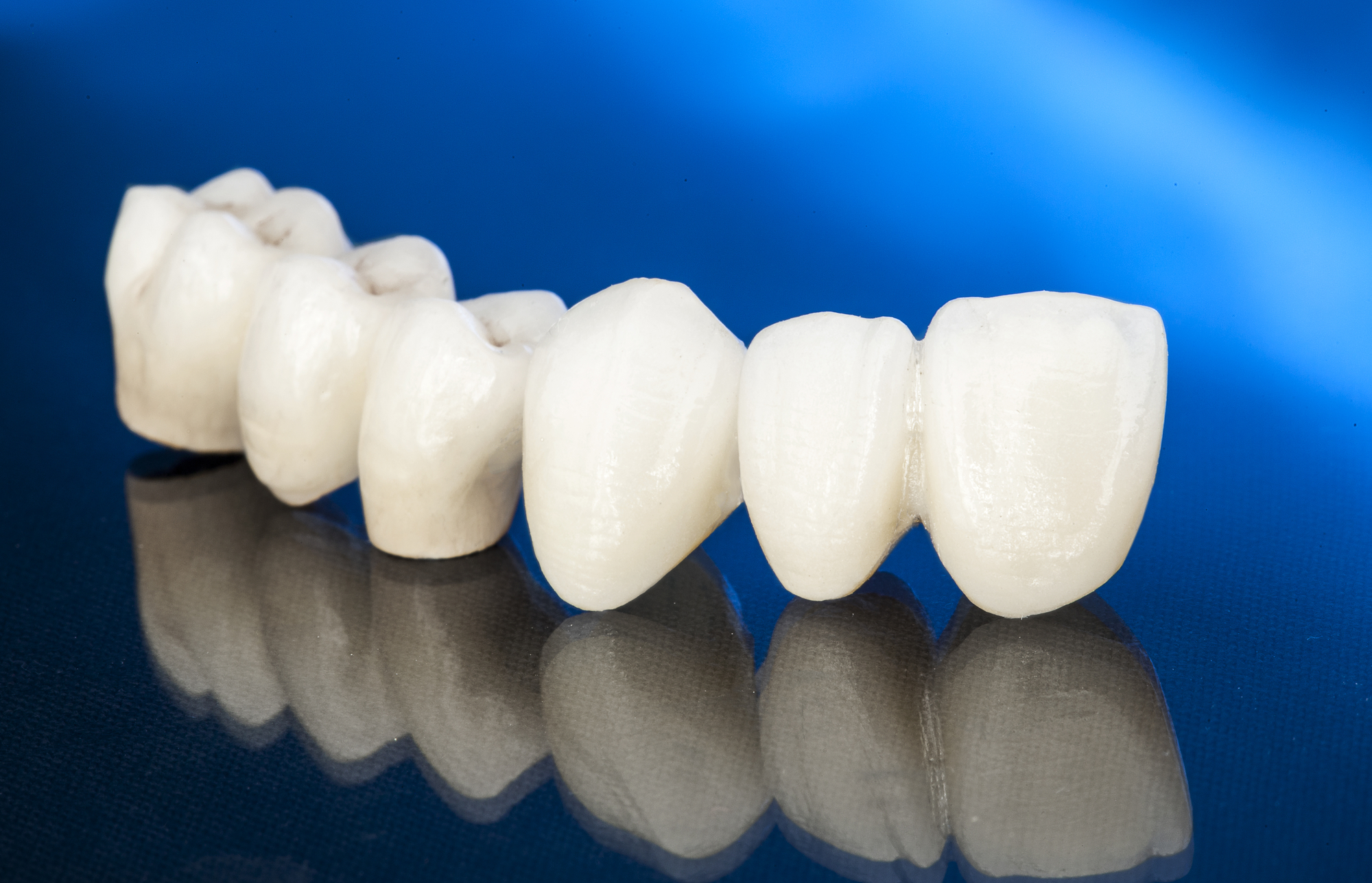Biocompatible materials are foreign objects that do not cause harmful local or systemic effects throughout the body. In simpler terms, introducing the new material to the body won’t cause other health problems like allergic reactions.
Here are three ways to determine the biocompatibility of dental and medical materials:
- Determine which tissues will be exposed to the material
- Ask how long the tissues will be exposed
- Consider the specific needs of the patient and what chemicals will be used
For holistic dentists, biocompatibility is a top priority when it comes to the dental materials they use. For example, most biological dentists steer clear of silver amalgam fillings that contain mercury, a toxic heavy metal. Over time, patients who are exposed to mercury can experience adverse effects, such as insomnia, tremors, headaches, nerve damage, respiratory failure, and kidney problems.
Instead, holistic dentists use only biocompatible materials to restore health to their patients’ smiles. These include:
Composite Resin
Rather than using silver amalgam material for fillings, holistic dentists opt for composite resin. This material is a combination of ceramic and plastic that is biocompatible, aesthetically pleasing, and durable.
With composite resin, patients receive all the benefits of amalgam fillings, but without the risks. Composite fillings match the natural tooth color and are just as strong as silver fillings. Metal fillings are also known to damage adjacent teeth because they expand and contract when exposed to different temperatures.
The process for receiving composite fillings is less invasive than metal fillings and requires fewer dental visits because of the simplified procedure.
For patients who currently have silver fillings, most holistic dentist offices offer the Safe Mercury Amalgam Removal Technique (SMART), a protocol endorsed by the International Academy of Oral Medicine and Toxicology to minimize mercury exposure during the removal of metal fillings.
Zirconia
Zirconia dental implants are a popular alternative to titanium implants, especially for those patients with metal allergies or sensitivities. Zirconium is actually a type of metal but is categorized as ceramic in dentistry because of its tooth-like color. It is obviously safer than silver amalgam because it has passed the biocompatibility test.
Zirconia dental implants offer the following benefits:
- Because they are white, they are more aesthetically pleasing.
- Zirconia implants are FDA-approved.
- There is a much lower risk of allergic reaction.
- The implants promote bone growth and integration.
- Zirconia implants have a success rate of 98 percent.
- Zirconia resists corrosion.
- Some studies suggest that plaque is less likely to accumulate around zirconia implants.
- There is no concern about battery or galvanic effects because zirconia is a poor thermal and electrical conductor.
Porcelain
In the past, metal crowns were the only viable option for dental patients with weakened teeth, teeth with large cavities, cracked teeth, or severely stained teeth. Silver crowns were also attached to dental bridges and implants. Along with being a health risk, metal crowns are not cosmetically pleasing.
Today, all-ceramic (porcelain) and zirconia crowns have proved to be just as advantageous, or even more so, than metal crowns.
Biocompatible Dentistry in Providence, RI
Dental restorations should never harm a person’s systemic health. Our biological dentists at Well Rooted Dentistry understand and prioritized this by offering biocompatible materials and conservative treatment methods.
To discover how our team of experts can help you achieve optimal oral and overall health, contact us at (401) 443-4007 today.


